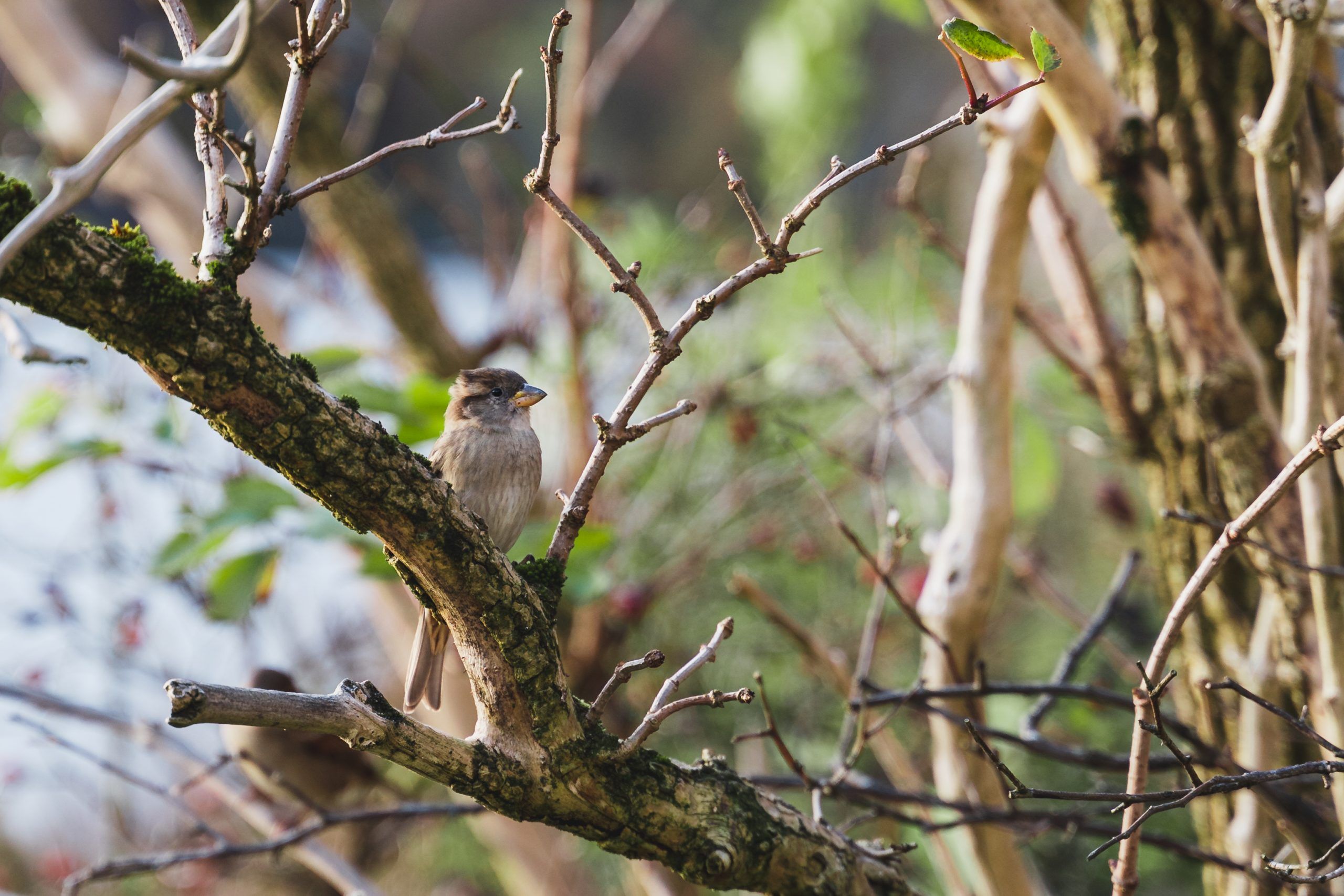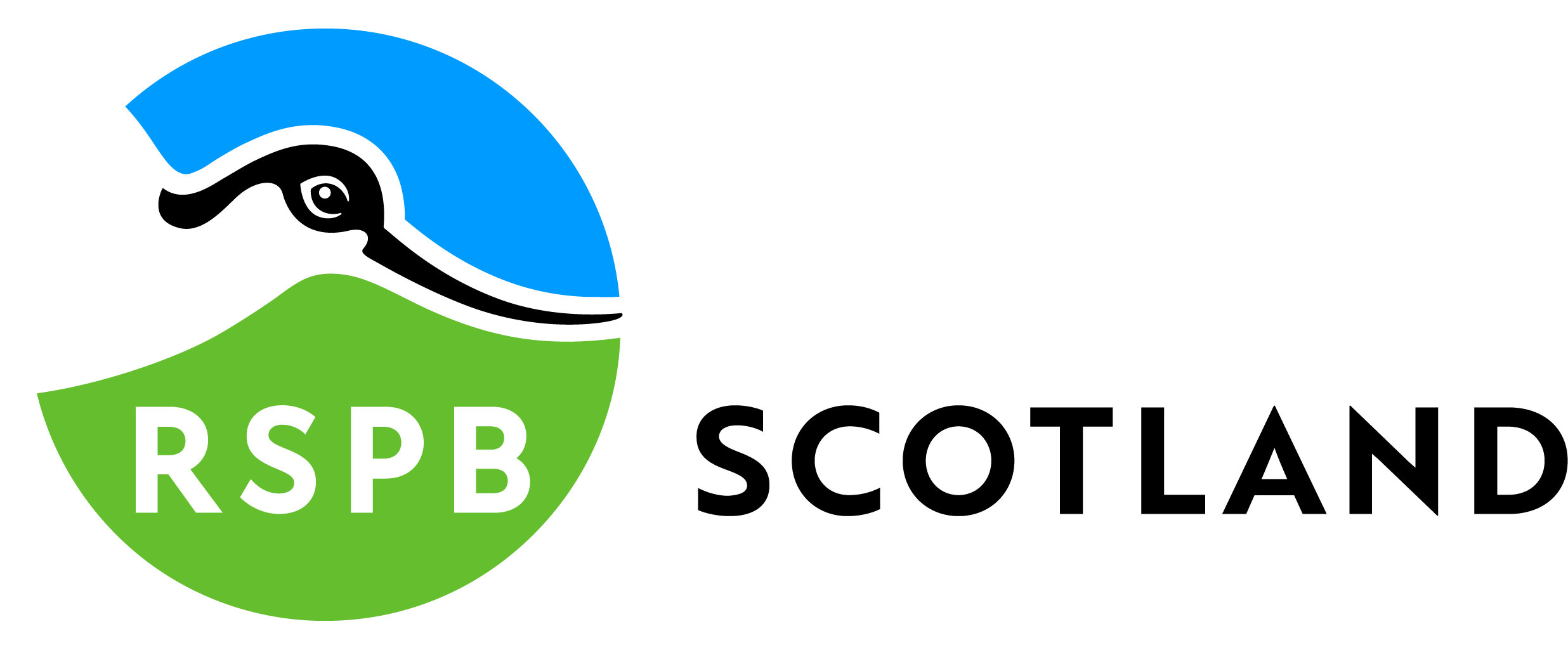House sparrows are chunky birds, slightly bigger than the Great Tits, with relatively large heads and stout beaks. The back and wings of both sexes are streaked brown and black. House sparrows like to eat seeds, shoots, scraps and insects and can be found from the centre of cities to the farmland of the countryside. It feeds and breeds near to people. However, House sparrows have been disappearing from around the country. In fact, since the first RSPB Big Garden birdwatch took place in 1979, the house sparrow numbers have dropped by 57%, a figure which rises to 90% or even higher in some urban areas like Glasgow. The house sparrow is on the Red list of Birds of Conservation Concern.
Action Needed
- Planting deciduous shrubs in your garden as house sparrows need thick cover to escape from predators, rest, roost and socialise.
- Clean feeders regularly to avoid build up of bacteria or diseases.
- Place feeders within a metre of a hedge or bush to provide cover from predators.
Threats
- Feeding spaces have been restricted in urban areas.
- Loss of nest sites.
- Increased level of cat predation.
- Competition for food with other species.
MSP Nature Champion



